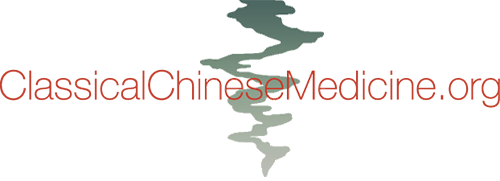Articles about symbolism in Chinese medicine.
Visions of the Baojun: Donald Trump and the Pathological Large Intestine Archetype in Classical Chinese Medicine
BY HEINER FRUEHAUF
This impromptu three part editorial by Heiner Fruehauf is an attempt to make sense of the recent US presidential elections through the constructive lens of Chinese medicine systems science.
